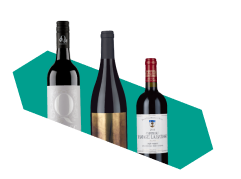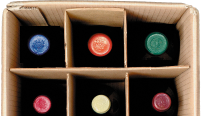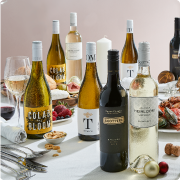We’ve all got a go-to wine, whether it’s a robust red, a crisp white or a refreshing rosé. But have you ever stopped to think about the journey your favourite tipple has made to get from the vine to your glass? It’s a pretty amazing process that’s been around since the Neolithic period. In fact, people were making wine as far back as 8,000 BC in Georgia in Eastern Europe.
There are heaps of different types of wines out there but most are made in a similar fashion, from harvest to fermentation, ageing to bottling. But it’s not just a one-size-fits-all process. The exact methods and timing can vary depending on who’s making the wine and what style they’re going for. Over the years, many wineries have developed their own unique ways of doing things.
And with thousands of wineries across different regions around the globe, there’s a fascinating diversity of winemaking techniques to explore. Whether you’re a casual sipper or a serious connoisseur, there’s always something new to learn about the world of wine.
So, how is wine made?

How wine is made – step-by-step
1. Harvesting the wine grapes
When it comes to winemaking, the first order of business is picking the ripe grapes. Some winemakers do it by hand, while others use machinery. It all depends on personal preference and where the vineyard is located. For example, if the vines are growing on steep hillsides, heavy machinery might not be possible.
Knowing when to pick the grapes is a game-changer as it influences the wine’s taste, aroma and quality. Not all grapes are ready to be picked at the same time.
Here’s a quick rundown of what could affect the timing of the harvest:
Grape variety – Not all grapes ripen at the same time – some are early birds, and others are late bloomers. Generally speaking, white grapes are harvested before red grapes. For instance, Chardonnay grapes are usually picked before Cabernet Sauvignon.
Weather and climate – The local weather and the broader climate of the region play a big role in the timing of the harvest. Cooler climates may have a shorter growing season, so the grapes here are harvested earlier in the year than those in warmer climates.
Wine style – The kind of wine that’s being made impacts the harvest time too. For example, the grapes for sparkling wine are often picked earlier when they are less sweet and have more acidity. When making sweet dessert wine, the grapes are often left on the vine longer to help boost sugar levels.
Winemaker’s style – Lastly, the winemaker’s personal preference matters in how wine is made. If they prefer making wines with higher acidity and less alcohol, they may harvest earlier when the sugar levels are lower.
2. Destemming and crushing
After the grapes are harvested, they are detached from their stems and leaves and then crushed. In the past, wine grapes were stomped by foot in large vats, but today, machinery is typically used in winemaking. Gently crushing the grapes cracks the skins and releases the juices.
3. Fermenting the grapes
The pulped grapes are transferred into large vats, where the fermentation magic happens. These vats can be made of different materials, such as stainless steel, concrete or oak, which can add different flavours to the wine.
Next, yeast is added to the mix, and the juice is left to ferment. The yeast consumes the natural sugars in the grape juice, turning them into alcohol, and this is a key part of how wine is made.
Keeping an eye on the vat’s temperature is crucial because it can affect how fast the mix ferments and the flavours of the resulting wine. White wines, for example, are fermented at a cooler temperature than red wine to keep their fresh, fruity flavours intact.
How long this process takes can change depending on what kind of wine the winemaker is aiming for. It can last from a couple of days to a few weeks.
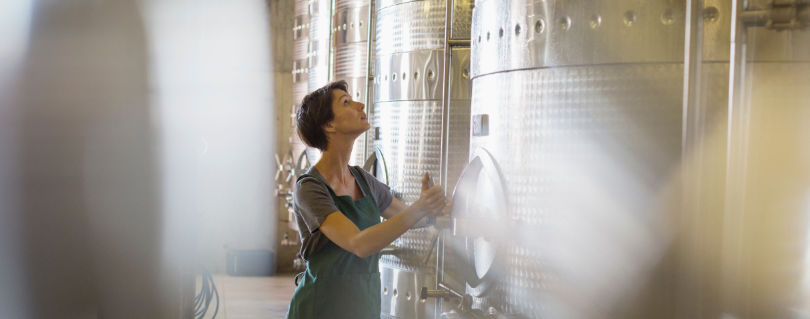
4. Maceration process – adding colour to the wine
At the same time as the grape juice is fermenting, it’s also undergoing a process called maceration. This step gives red and rosé wines their distinctive colours.
Grape juice by itself is colourless – so the colour of your wine comes from grape skins. When making white wines, like Sauvignon Blanc and Semillon, maceration is either avoided or there is a minimal amount of skin contact with the juice.
With red wine like Shiraz and Malbec, the dark grape skins (and sometimes stems) soak in the fermenting juice. This colours the juice and adds tannins and flavour. Depending on the type of red wine and the winemaker’s preference, the skins might stay in the mix for a few days or even more than a month. Maceration can also takes place after fermentation. Once the wine has reached the desired colour, the skins are removed.
When it comes to rosé wines, maceration can last from a few hours to a few days to create the desired flavour, structure and pink shade. The longer the skins stay in the juice, the darker the rosé becomes.
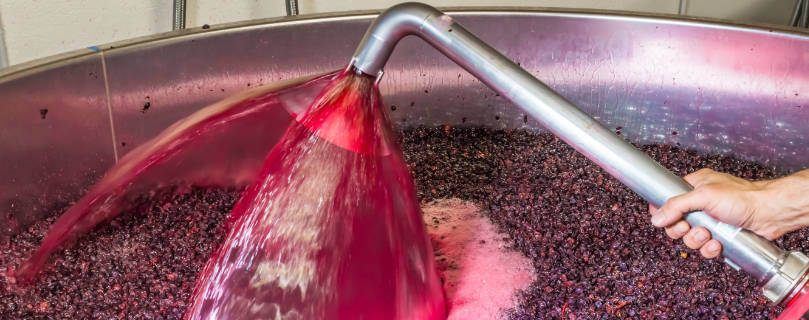
5. Pressing – removing the grape skins
Once the grape juice has finished fermenting and soaking up all the flavour it can from the grape skins, it’s time for pressing.
This is when the skins and other leftovers (known as “pomace”) are separated from the juice. The grapes are given a good squeeze in a wine press to get out every last drop. The amount of pressure can change the taste of the wine a fair bit. A light squeeze keeps the wine fresh and fruity, while a hard press can give you a gutsier drop with more tannins.
6. Second fermentation
Most red wines undergo a second fermentation, known as “malolactic fermentation.” This gives the wine a velvety texture and brings up some sweeter flavours, like vanilla.
Some white wines, like Chardonnay, also have a second fermentation. This helps transform the malic acid in the wine into a softer, creamier lactic acid, giving the wine a richer mouthfeel and buttery taste.
7. Stabilising
After all this, the wine is chilled for a few days to remove any tartaric acid. This is an important step to ensure the wine stays clear and doesn’t change unexpectedly. This is usually done with white and rosé wines, but not reds.
8. Maturing
The next step is letting the wine age so that it can develop certain flavours and textures. Depending on the type of wine the winemaker is after, the wine is aged in stainless steel vats or oak barrels. The container can significantly change how the wine tastes.
Some places, like Georgia, age their wine in terracotta vessels. The ageing process can take anywhere from a few months to a few years and changes the wine’s texture and flavours as time goes on.
9. Fining and filtering
Most winemakers add fining agents to their wine to remove particles left over from fermentation that may make the wine appear cloudy. These particles are then filtered out, leaving the wine bright and clear. Fining agents can be anything from egg whites to gelatin or plant-based options like casein or bentonite clay for vegan wines.
Wines that are labelled as “natural” or “raw” haven’t been filtered or fined. You can often spot these wines because they’re a bit cloudy.
10. Bottling the wine
The final step in how wine is made is bottling. At this point, the winemaker might add in some preservatives, such as sulphites, to make sure the wine lasts a good while. Then, to keep everything in, the bottle is sealed up. This could be done with a screw cap, a cork or some other type of seal. What’s used to seal the bottle can make a difference in how the wine develops and how long it lasts.
Lots of red and white wines also get some extra aging time. As for rosé wines, they’re usually made for enjoying while they’re young and fresh, often within a year or two of being made.
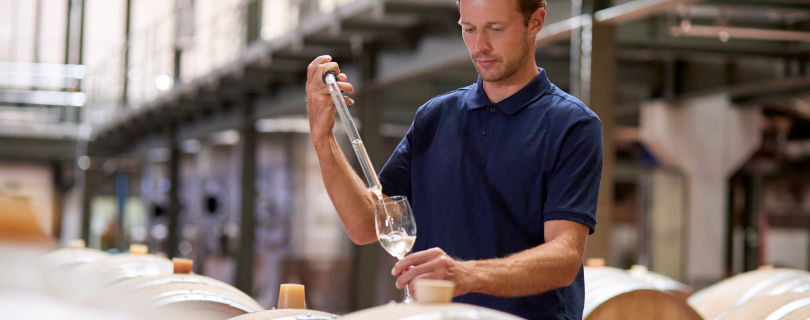
Begin your wine adventure with a Laithwaites wine subscription
You can learn more about wine by signing up for a Laithwaites Wine Subscription.
Choose from red wine, white wine or mixed wine subscription boxes, delivering 12 premium wines from across the world to your door every 8 weeks, with an average saving of at least 25%. With two free, bonus bottles of award-winning wine and two free stemless Dartington Crystal wine glasses (worth $129), how could you say no? You can also cancel at any time and we don’t charge you a membership fee.
Discover our full range of exciting wines from around the world.


